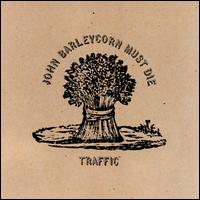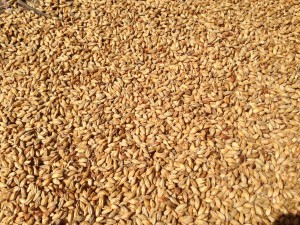In 1941, the US entered World War II. The following year, in the United States, 17 million acres were planted to barley. At the time, barley was grown as animal feed and for malting. (Malting is the process of turning barley seed into malted barley. Malted barley is the major ingredient in beer and some distilled beverages.) As today, a tiny amount went to human consumption and industrial uses. And of course, some amount of barley grown every year supplies farmers with seed for the next year. As it turns out, after years of increases in barley acreage since the mid 1800s, 1942 was the peak of barley production in the US.
After 1942, production bounced around before landing at around 8 million acres planted in 1987. From there, the numbers began to slide consistently, with barley acreage losing over 300,000 acres per year. (Numbers from the Nation Barley Growers Association.) Last year, only 2 million acres of barley were planted in the US. In addition, barley stocks — stored grain held in reserve — were at or near historic lows.
Acreage in Montana and Idaho, two major barley growing states, has seen only modest declines in the past two decades. In contrast, Minnesota and North Dakota have seen production fall sharply. The number of bushels produced Minnesota fell by roughly half from 1991 to 2000, then stabilized. From 1991 to 2011, barley production in North Dakota — until recently the top barley-growing state — fell from more than 135 million bushels per year to less than 20 million.



Recent Comments